Deer and ticks have always been closely associated. As the largest warm-blooded animal in Redding’s natural habitat, deer are also the largest host of the dreaded tick. A deer can often have hundreds of ticks crawling on its hide and feeding on its blood. The most prevalent tick in our area is named the “Deer Tick” so it is easy to see how the public began to associate deer with Lyme Disease. But, the disease does not originate with deer — deer just happen to be the most visible host. There are millions of other creatures in our forests and backyards that are hosts to the tick, and some are far worse when it comes to Lyme Disease.
Research has shown that the eradication of deer on islands and peninsulas significantly reduces the tick population. But islands are rather static habitats while Redding’s habitat is much more dynamic. Animals do not recognize our imaginary town borders and will relocate as needed to respond to a changing environment. Animals seek food just as trees seek light. Cut down the largest tree and the smaller trees around it will flourish. Remove the largest forager and other animals will benefit. In nature, a vacuum will always be filled.
Deer
Growing up in Redding in the 1970s, the sight of a deer was so rare you might stop your car to take a longer look. Twenty years later in the 1990s there were so many deer you had to swerve your car to keep from hitting them. What caused this population explosion?
By the late 1800s, Redding, and virtually every other town for hundreds of miles, had been clear-cut of trees. A few elm trees lined the old town green. A handful of sugar maples were planted in backyards for syrup, shade and their beautiful fall colors. The famous Liberty Elm stood on the bumpy part of Cross Highway, with virtually no nearby trees to detract from its massive majesty. Pairs of Norway Spruce were growing by stately homes to mark the marriage of prosperous young couples in the hope their love would grow evergreen. Some oaks and hickories growing along stonewalls were allowed to stand and produce nuts to feed the pigs. Hemlock stood defiantly along rocky creeks on land so poor for growing they were of little value aside from the shade they provided the farmhand as he rested from his labor. Every other tree had been cut down to build houses and make tools; provide firewood to cook food and warm homes; and clear land for growing crops that were vital to the survival of the local community. Redding resembled the surface of the moon with stonewalls.
With the Industrial Revolution came new ways to build tools and heat homes. We would cook food that had been grown far from Redding. Advances in transportation and refrigeration made farming in marginally fertile soil of Redding marginally profitable or worse. The farmland was abandoned and trees began to fill the void. Oak trees produced acorns, which produced more oak trees, which produced more acorns, which deer like to eat. Not only do deer like acorns, they need them to “carbo load” in the fall to produce the fat reserves they need to survive the cold, barren winter. By the 1970s, Redding had cool water, thick but segmented forest cover, no predators, and tons of acorns. All the elements deer need to thrive and multiply. It is often said by deer advocates that we humans have taken away their home when actually we helped create the perfect deer habitat. And their population soared.
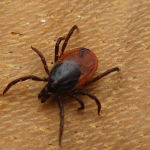
If you find a tick, don’t panic but try to remove it within 15 minutes. Tick removal spoons are good to have on hand.
Ticks
It is unfortunate that such a terrible disease bears the name of such a nice Connecticut town. Lyme Disease did not originate in Lyme, CT and has likely been around for hundreds of years. The first Europeans to arrive in the New World wrote of being covered in ticks while exploring New England forests in the 1600s. And Lyme Disease type symptoms were recorded as far back as the 1700s. So Lyme Disease and ticks are not new, but the return of the forest appears to have increased their numbers. The changing habitat has been beneficial to the many creatures that are host to ticks. The more warm-blooded hosts, the more that creepy crawly ticks thrive.
Ticks are creepy and nasty, but they are not the source of the Lyme Disease spirochetes. Like the deer, they are merely the vessels that move the disease around the environment until it eventually ends up infecting a human host. But if deer were identified as the most significant factor in the infection cycle, why has the decimation of the deer population made the tick problem worse? Remember, nature abhors a vacuum.
White Footed Mouse
Perhaps the biggest culprit, aside from the disease causing Borrelia bacteria itself, is the innocent looking oak tree. As mentioned, the acorns that oak trees produce are an important source of energy deer need to survive the winter. But deer are not the only animals that rely on acorns for winter survival. Rodents, including mice, chipmunks and squirrels compete with deer for this vital food. And with the steep reduction in deer has come an explosion in the rodent population. How do we know? Mice are sneaky and their numbers are much harder to see compared to deer. As a plant care person, I have seen much more mice and vole damage to plants over winter months. But you don’t need to be a plant care guy to see the change. How many of you have noticed an increase in the predator population in the last couple of years? Reports of bobcats, foxes, coyotes and red tailed hawks are on the rise. Some of these animals were either unheard of or incredibly rare when the deer population was high. Just as there are plenty of acorns for the mice, there are plenty of mice for the predators.
The Take-Away
The white-footed mouse is the source of the Lyme Disease spirochetes. If a tick never comes in contact with a mouse, it will be a harmless pest instead of a disease carrying menace. If a tick spends its entire life on deer, from first instar to nymph to adult, it will not carry the disease spirochetes. It must spend time feeding on a mouse to become an infection transmitter.
So the program to reduce Lyme Disease by reducing the deer herd has ironically made the situation worse. The mouse population has exploded, and with them the source of the disease has increased. There are as many, if not more ticks, and according to the CDC a higher percentage of the ticks are carrying the disease spirochetes. All of this was fairly predictable.
Communities from Ann Arbor to Staten Island are all dealing with high deer populations and the threat of tick borne diseases. Hopefully these communities will realize that managing the deer heard through hunting is important, but culling will actually make the disease problem worse.
Nature rarely does man’s bidding. Every action has a million unintended reactions. It is popular to think of humans as somehow outside of nature, powerful zookeepers causing “good” and “bad” in the world around us. But we are very much a part of nature, a player in the habitat. We have demonstrated that we have the knowledge and technology to bring down an oak tree forest, but maybe the oak tree is having the last laugh!


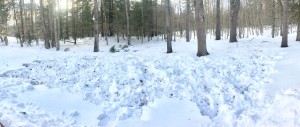
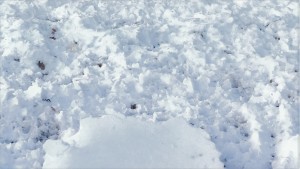
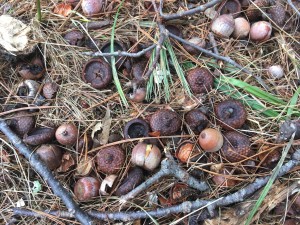
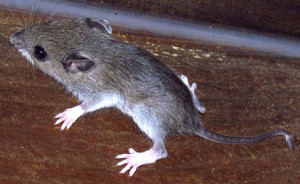
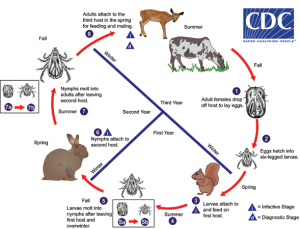
Recent Comments